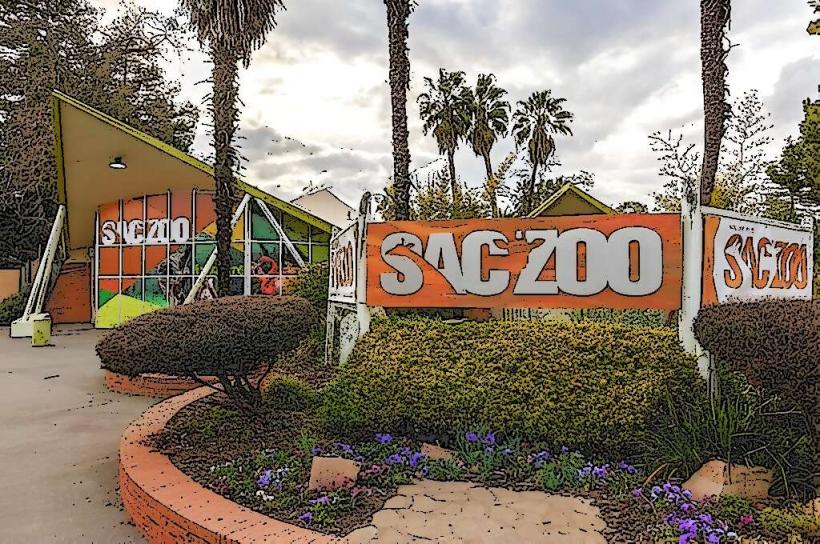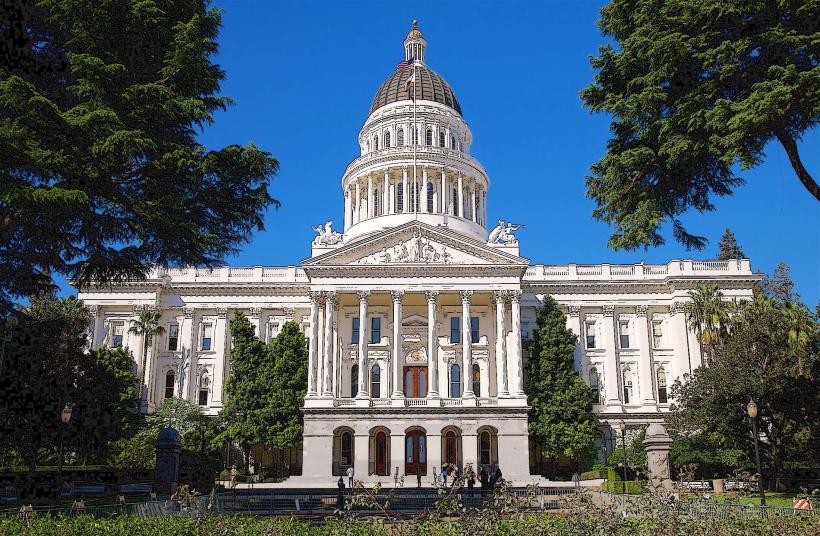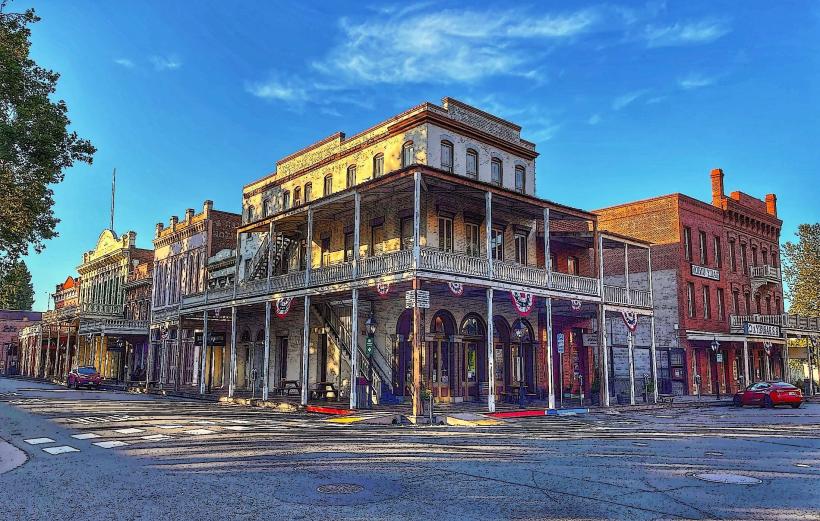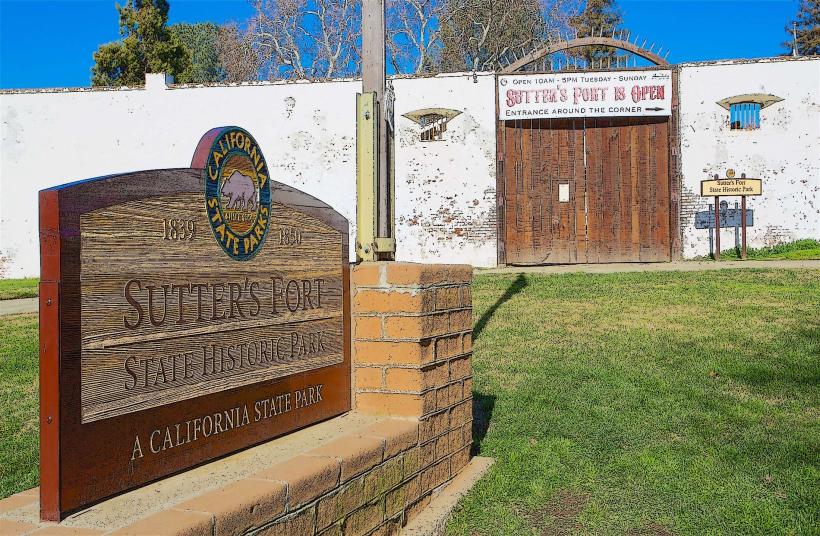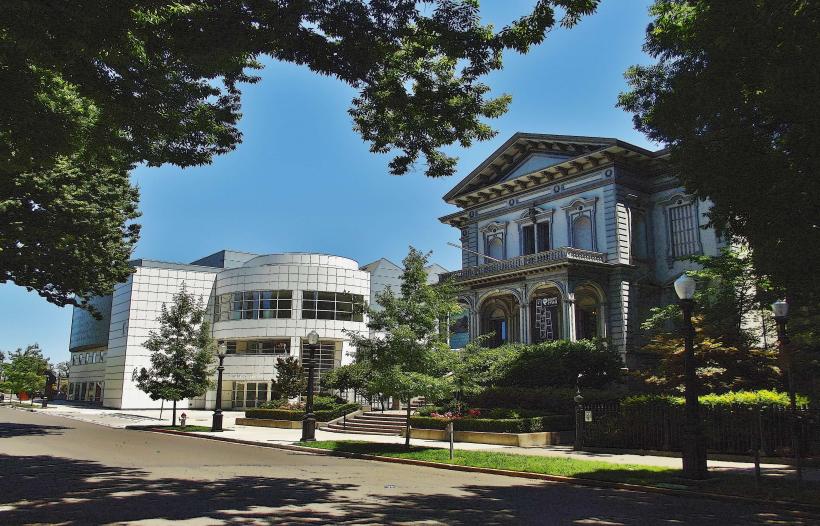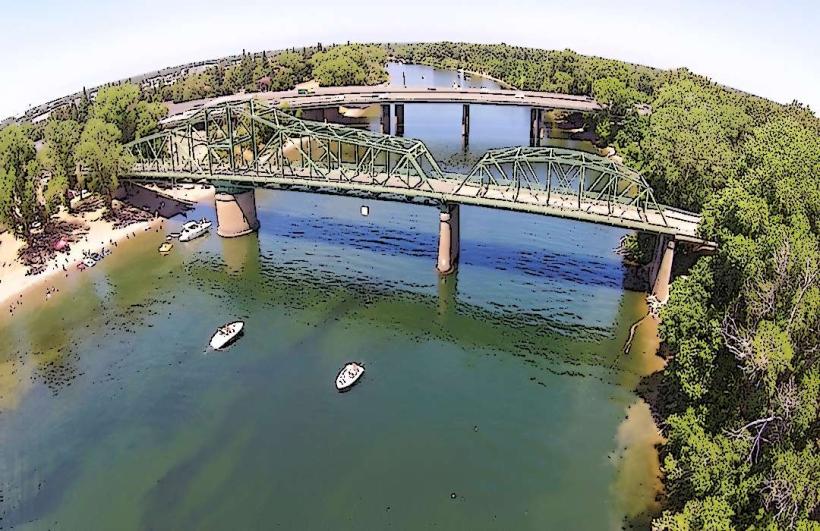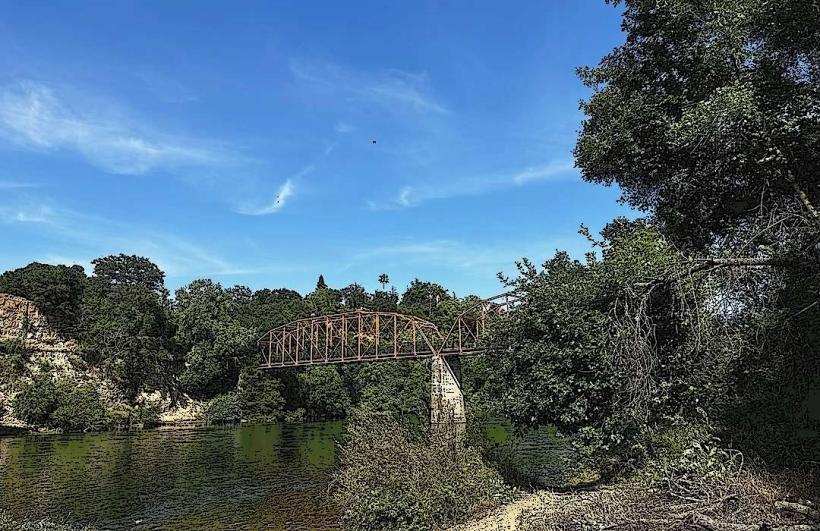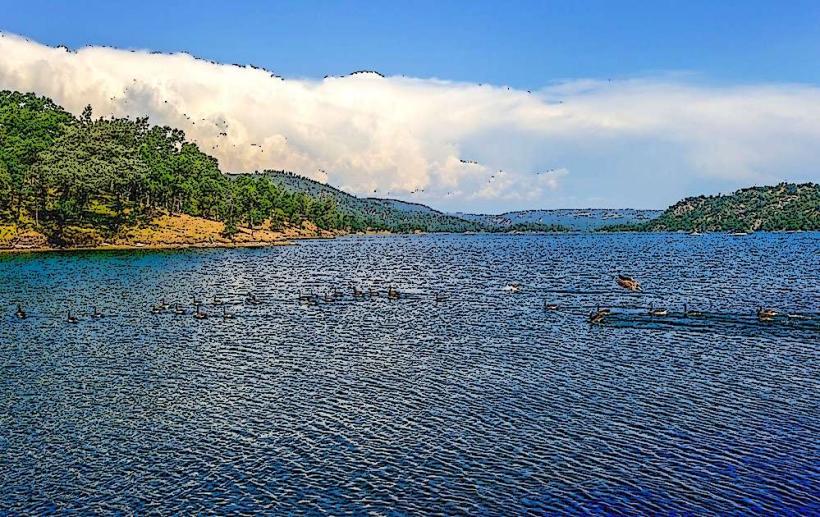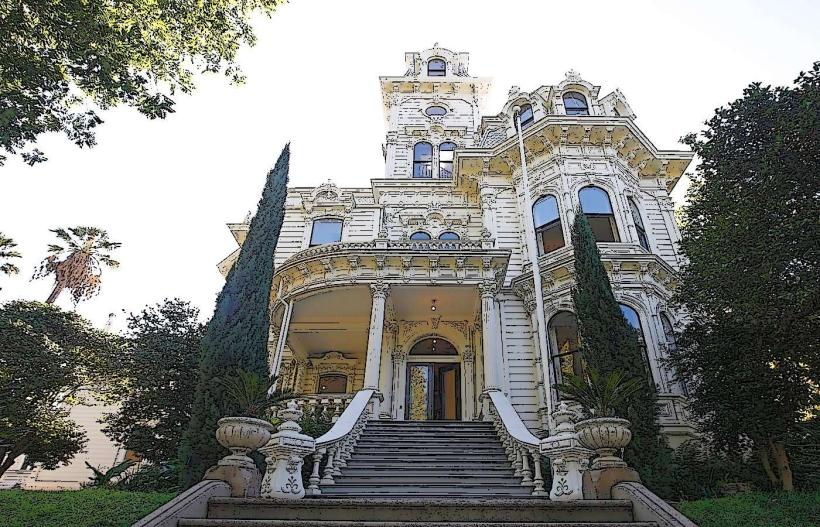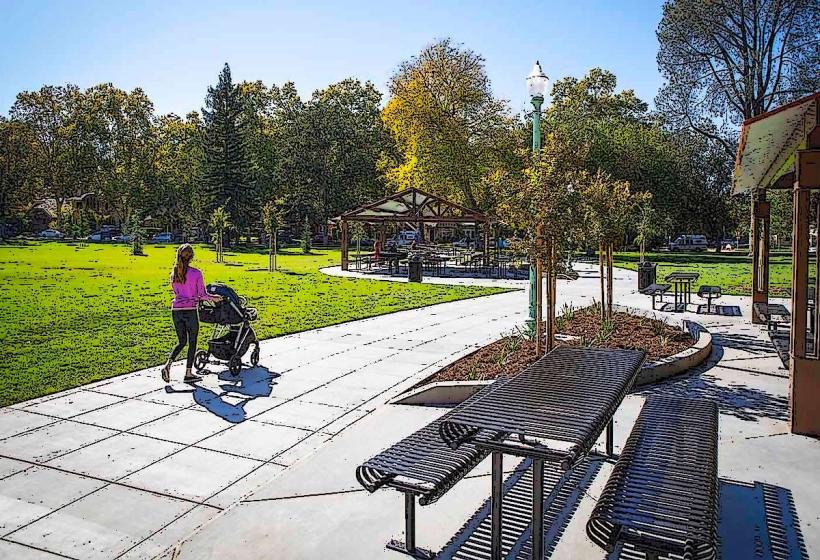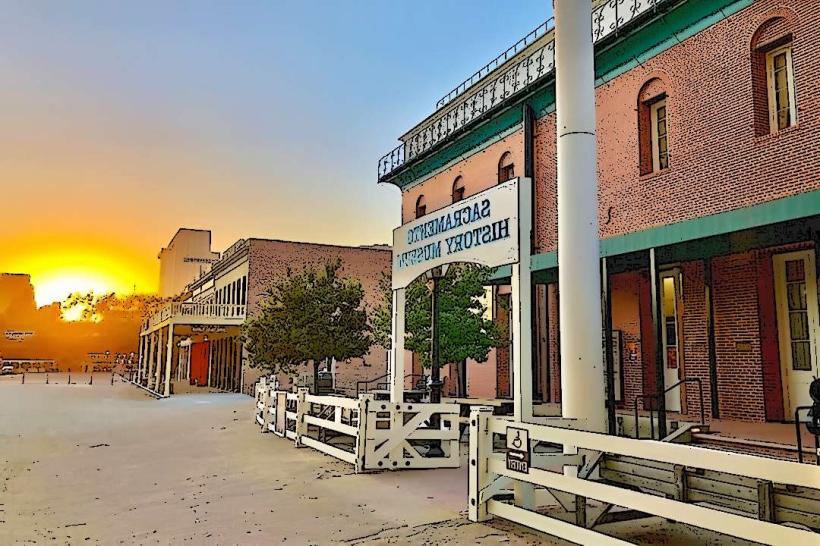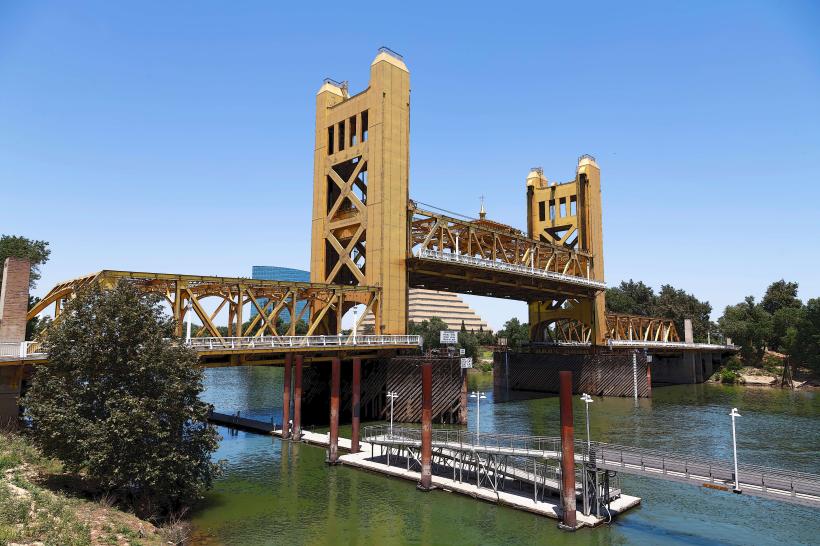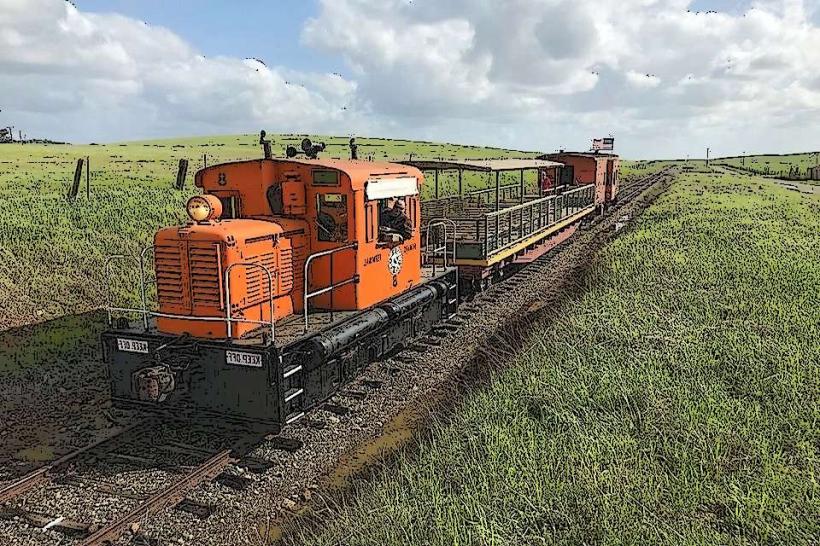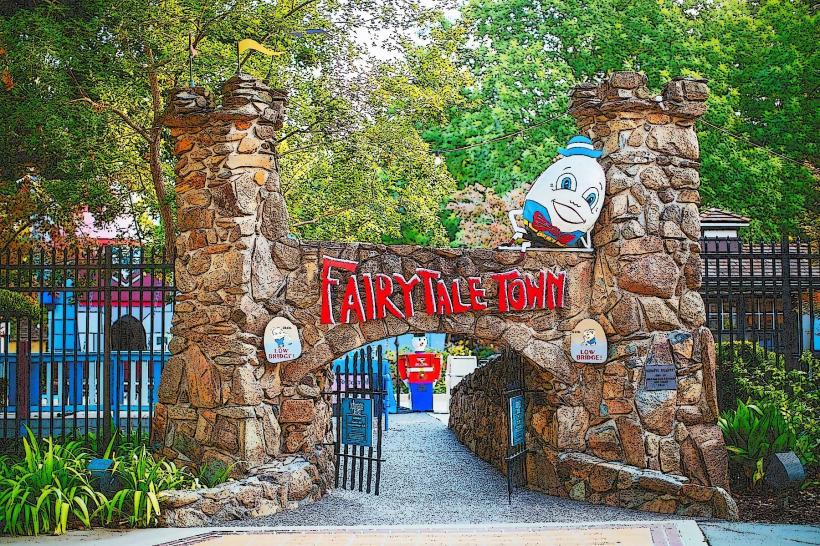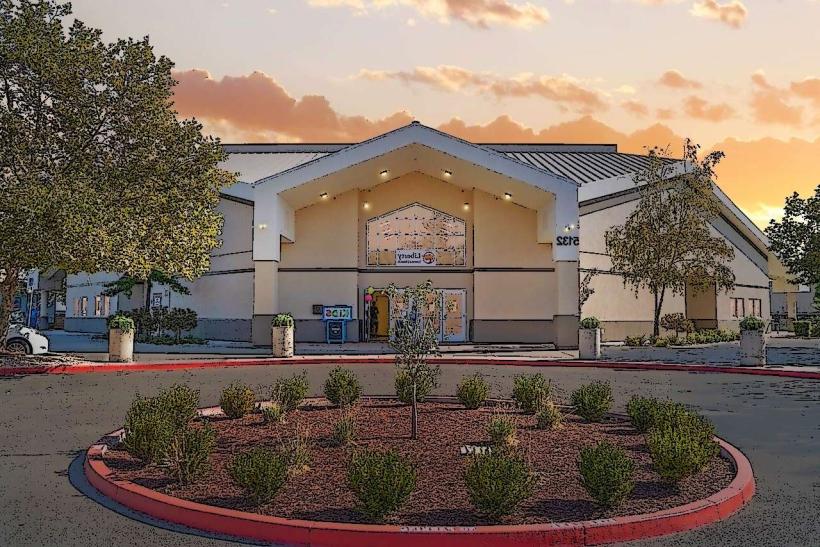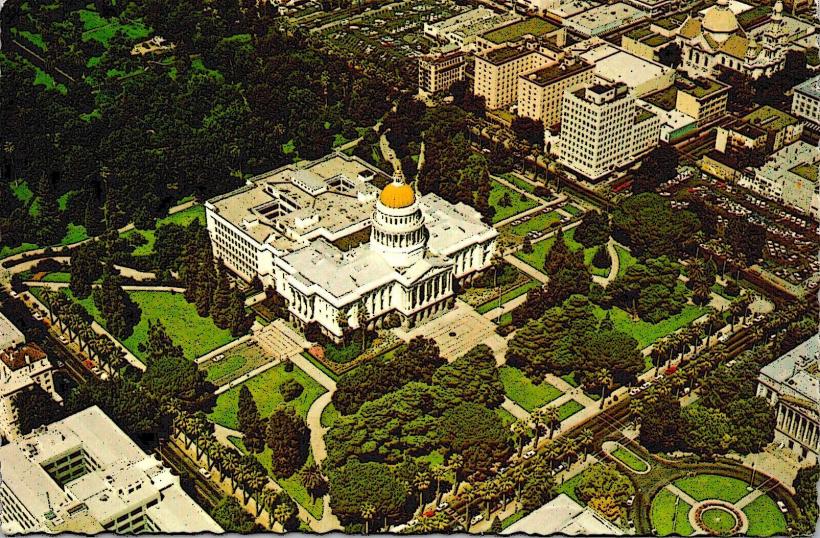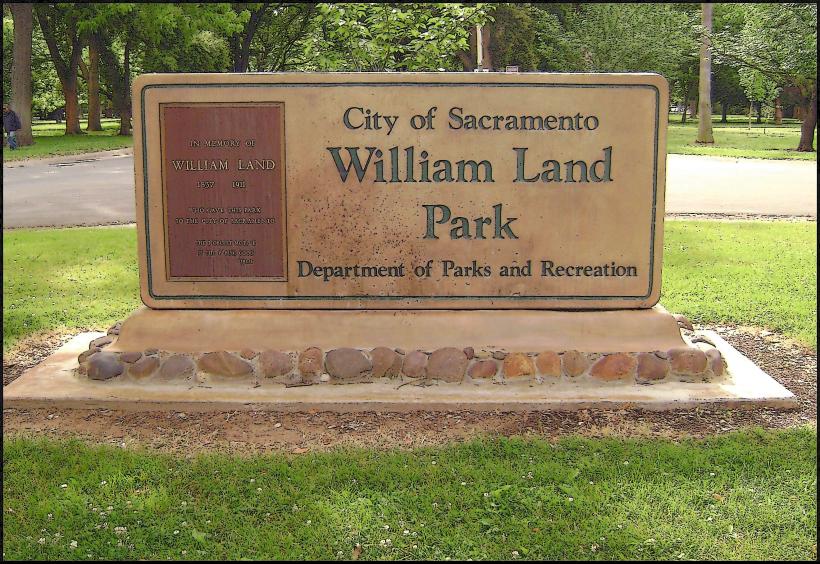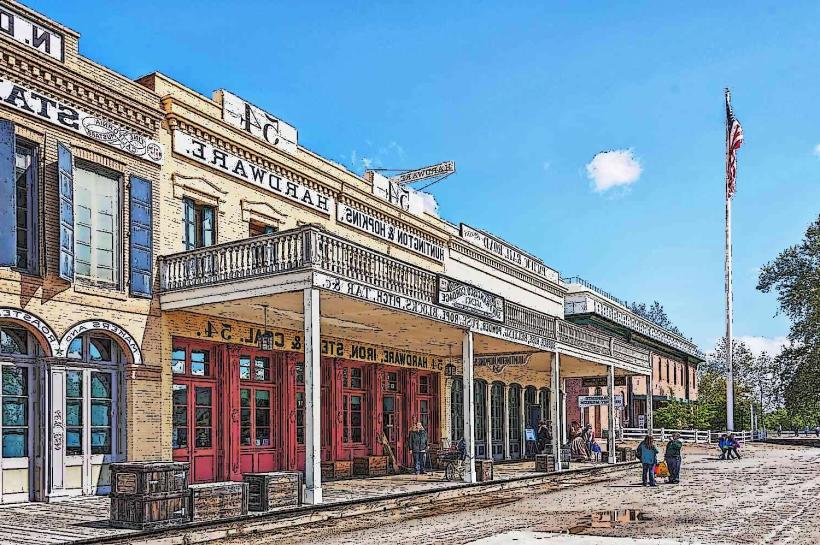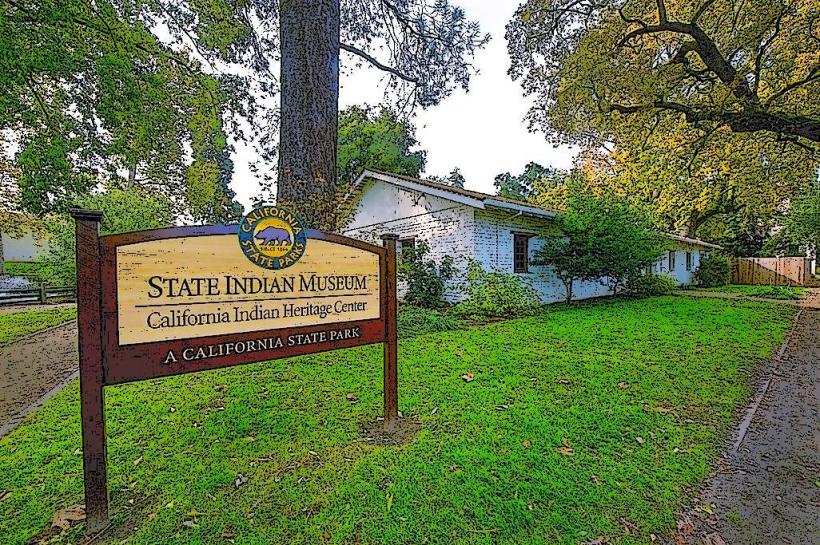Information
Landmark: El Dorado National ForestCity: Sacramento
Country: USA California
Continent: North America
El Dorado National Forest, Sacramento, USA California, North America
The El Dorado National Forest is a vast, scenic area located in the Sierra Nevada region of California. Spanning over 500,000 acres, the forest is known for its diverse ecosystems, ranging from dense pine forests to alpine meadows, rugged mountains, and clear, cold rivers. It offers visitors a rich experience of natural beauty, outdoor recreation, and historical significance.
Geographic Location
The El Dorado National Forest lies primarily in El Dorado County but also extends into Amador and Alpine counties. The forest is situated to the east of the Sacramento Valley and stretches from the American River in the west to the Sierra crest in the east. It is located in the Sierra Nevada Mountains, bordered by other natural landmarks such as the Tahoe National Forest and Plumas National Forest.
Key Features and Attractions
1. Lake Tahoe Basin
While not directly within the forest, the Lake Tahoe Basin lies nearby, making El Dorado National Forest an excellent base for visitors exploring the lake and its surrounding wilderness. The forest provides access to hiking trails that lead to stunning vistas of the lake.
2. American River
The American River flows through the western part of the forest, which is historically significant as the site of the California Gold Rush. The river is popular for activities such as whitewater rafting, fishing, and boating. The American River Parkway offers a scenic, protected area for outdoor enthusiasts.
3. Sierra Nevada Mountains
The forest covers the lower to middle elevations of the Sierra Nevada, including rugged terrain, granite cliffs, and high mountain peaks. The highest point in the forest is Mt. Ralston, which rises to about 9,235 feet (2,814 meters). These mountains are popular for backpacking, mountain climbing, and wildlife watching.
4. Mokelumne Wilderness
The Mokelumne Wilderness is a designated wilderness area within the forest, providing visitors with pristine, undeveloped wilderness. The area features rugged terrain, alpine lakes, and dense forests, offering opportunities for hiking, camping, and solitude.
5. Lakes and Rivers
Jenkinson Lake: A popular destination for boating, fishing, and hiking, located near the town of Pollock Pines.
Silver Fork, Cosumnes, and North Fork American Rivers: These rivers are favored by kayakers, anglers, and those interested in exploring the beautiful scenery.
6. Historic Sites
The Gold Rush history is deeply woven into the forest’s history, particularly along the American River. The forest preserves several historical sites from this era, including the South Fork American River, where gold was first discovered in 1848.
7. Hiking and Trails
The forest offers over 300 miles of trails for hikers of all levels. Popular hiking areas include:
Desolation Wilderness: Known for its rugged landscapes and pristine alpine lakes.
The Pacific Crest Trail (PCT): This iconic long-distance trail passes through the El Dorado National Forest, offering breathtaking views of the Sierra Nevada.
Echo Lakes: A favorite for a moderately challenging hike with a serene lake destination.
8. Camping
There are numerous campgrounds throughout the forest, some accessible by car, others requiring a bit of backcountry trekking. Campgrounds such as Bassi Falls, Pioneer Express, and Sly Park offer amenities for tent camping, RVs, and hiking enthusiasts.
Wildlife and Flora
The El Dorado National Forest is home to a variety of wildlife, including:
Black bears
Mule deer
Coyotes
Bobcats
Mountain lions (though rarely seen)
A diverse range of bird species such as the American kestrel, golden eagles, and mountain bluebirds.
The forest is rich in plant life, with pine trees (such as Jeffrey pines and ponderosa pines), Douglas firs, oak trees, and manzanita. The forest also supports a number of wildflower species, especially in the spring.
Outdoor Recreation
Hiking and Backpacking: As mentioned, there are numerous trails for hiking, some of which are multi-day backpacking routes like the Desolation Wilderness loop.
Fishing: The lakes and rivers within the forest offer great opportunities for anglers, especially in the spring and fall.
Wildlife Watching: With its diverse ecosystems, the forest is an excellent place for birdwatching and observing wildlife in their natural habitats.
Winter Sports: During winter, the forest becomes a hub for cross-country skiing, snowshoeing, and snowmobiling. Sierra-at-Tahoe Resort and Kirkwood Mountain Resort offer downhill skiing and snowboarding nearby.
Horseback Riding: The forest offers a number of equestrian trails, some of which are also used for cattle grazing during certain seasons.
Accessibility and Visitor Information
The forest is accessible year-round, though road conditions can vary, especially in winter. Several forest access points are located along major highways, such as Interstate 50, Interstate 80, and Highway 88. The Forest Service operates several visitor centers, providing information on activities, safety, and forest management. Some areas of the forest may require permits for camping, fishing, and certain recreational activities.
Conservation Efforts
The El Dorado National Forest is managed by the U.S. Forest Service. It focuses on maintaining the health of the forest ecosystem through sustainable management practices, including:
Fire prevention and management: This includes controlled burns and firebreaks.
Wildlife habitat preservation: Ensuring that species can thrive in their natural environment.
Forest restoration: Projects to restore native species and ecosystems that have been impacted by invasive plants, wildfires, or human activity.
In Summary, the El Dorado National Forest is a vital natural treasure in California, offering diverse recreational opportunities, stunning landscapes, and rich history. Whether you're hiking its rugged peaks, enjoying its lakes, or learning about its role in the Gold Rush, the forest remains an essential part of the Sierra Nevada's environmental and cultural fabric.

